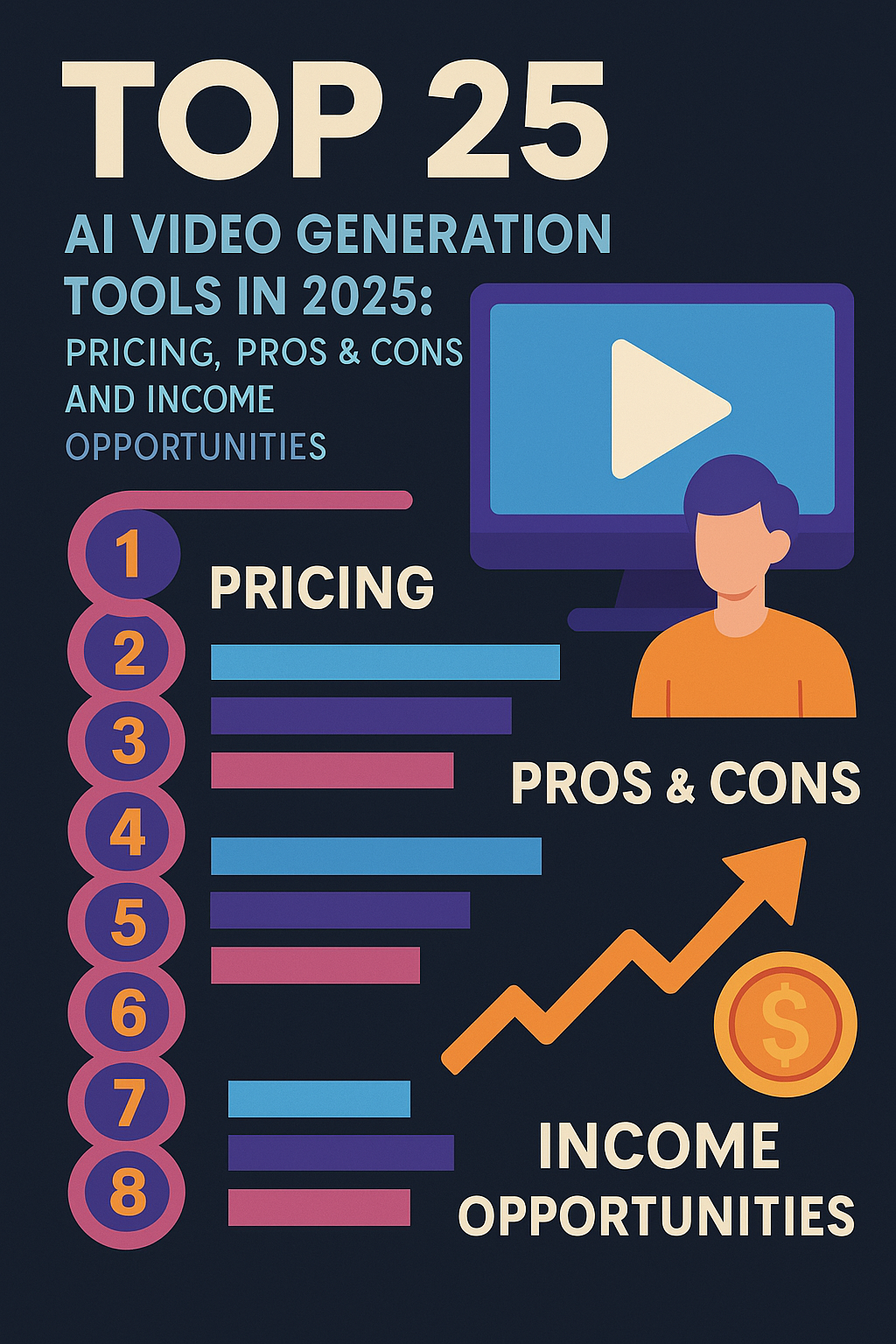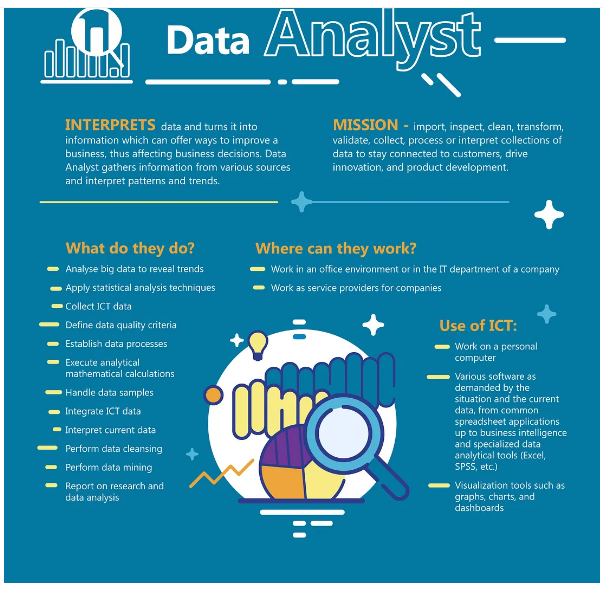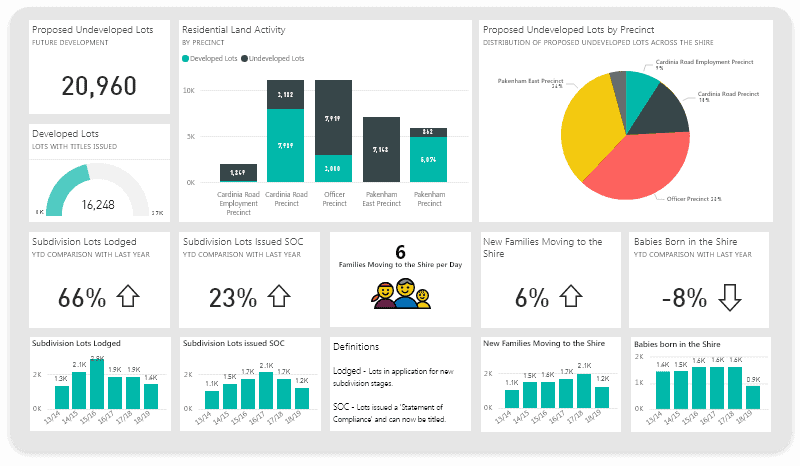
What is Universal Analytics or Universal Google Analytics?
Universal Analytics or Universal Google Analytics highlights Total Users (shown as Users) in most reports. Universal Analytics is a version of Google Analytics that set a new standard for how user data is collected and organized. Introduced in the fall of 2012, Universal Analytics offers new tracking codes for websites and features that can more accurately measure user behavior. Universal Analytics hit types include page hits, event hits, ecommerce hits, and social interaction hits. In Universal Analytics is a version of Google Analytics that set a new standard for how user data is collected and organized.
What is GA4 or Google Analytics 4 ?
Google Analytics 4 (GA4) is now officially the recommended property type of Google Analytics. It used to be called App+Web (Application Interface & Web Interface) Property when it was first added in beta. In the new property one can track both App and Web visits in a single Google Analytics property instead of having those differing platform visits separated into different GA properties. In the fall of 2020, that App+Web Property was rebadged and re-released as Google Analytics 4 (GA4).
How Does Google Analytics 4 Measure Users?
Data gets into Universal Analytics from “cookie-based”(cookies) tracking. A website with UA sends a cookie into the user’s web browser, and that allows the platform to monitor and record web activity on the site in question during that user’s session on the site. The measurement approach is a session-based data model.
According to Google, Google Analytics 4 allows “businesses to measure across platforms and devices using multiple forms of identity.” This includes first party data as well as “Google signals” from users who have opted into ads personalization. And Google Analytics 4 will still use cookies where they are available for tracking. Instead of tracking sessions, GA4 has an event-based data model.
Segments in Google Analytics 4 vs. Universal Analytics
Segments allow you to analyze a subset of your Google Analytics data so you can better understand your users and our website (or app). Segments essentially work the same way in GA4 as they do in Universal Analytics. In both GA4 and UA you can analyze up to 4 segments at the same time.
There are 3 different types of segments we can create in GA4: User segments, Session segments, and Event segments. With Universal Analytics there are only 2 types of segments we can create: User segments and Session segments.
The big difference between GA4 and UA is the process for creating segments. In GA4, segments exist in that “Explorations” area (same place to create custom reports). For an in depth comparison check out this walkthrough of creating custom segments in Google Analytics 4 vs. Universal Analytics.
How Does Google Analytics 4 Measure Users?
Data gets into Universal Analytics from “cookie-based” tracking. A website with UA sends a cookie into the user’s web browser, and that allows the platform to monitor and record web activity on the site in question during that user’s session on the site. The measurement approach is a session-based data model.
According to Google, Google Analytics 4 allows “businesses to measure across platforms and devices using multiple forms of identity.” This includes first party data as well as “Google signals” from users who have opted into ads personalization. And Google Analytics 4 will still use cookies where they are available for tracking. Instead of tracking sessions, GA4 has an event-based data model.
Metrics in Google Analytics 4 vs. Universal Analytics
There are 3 new metrics we’ll see in our GA4 reports.
Engaged session: According to Google the engaged session metric is the count of sessions that lasted longer than 10 seconds, or had a conversion event, or had 2 or more screen or page views.
Average engagement time per session. Google says this is the User engagement duration per session. In other words, the amount of time the user is actually engaging with the page (scrolling, etc) and the page is the primary window being viewed on the screen.
Engagement rate. Engagement rate is the ratio of Engaged sessions relative to total sessions. If you had 1,000 total sessions and 130 of them qualified as Engaged sessions (per Google’s definition above), the Engagement rate would be 13%.
None of these metrics are available in UA. They replace some metrics that are no longer available in GA4 including average session duration, pages / session, and bounce rate (the percentage of sessions involving a single page view).


































































































